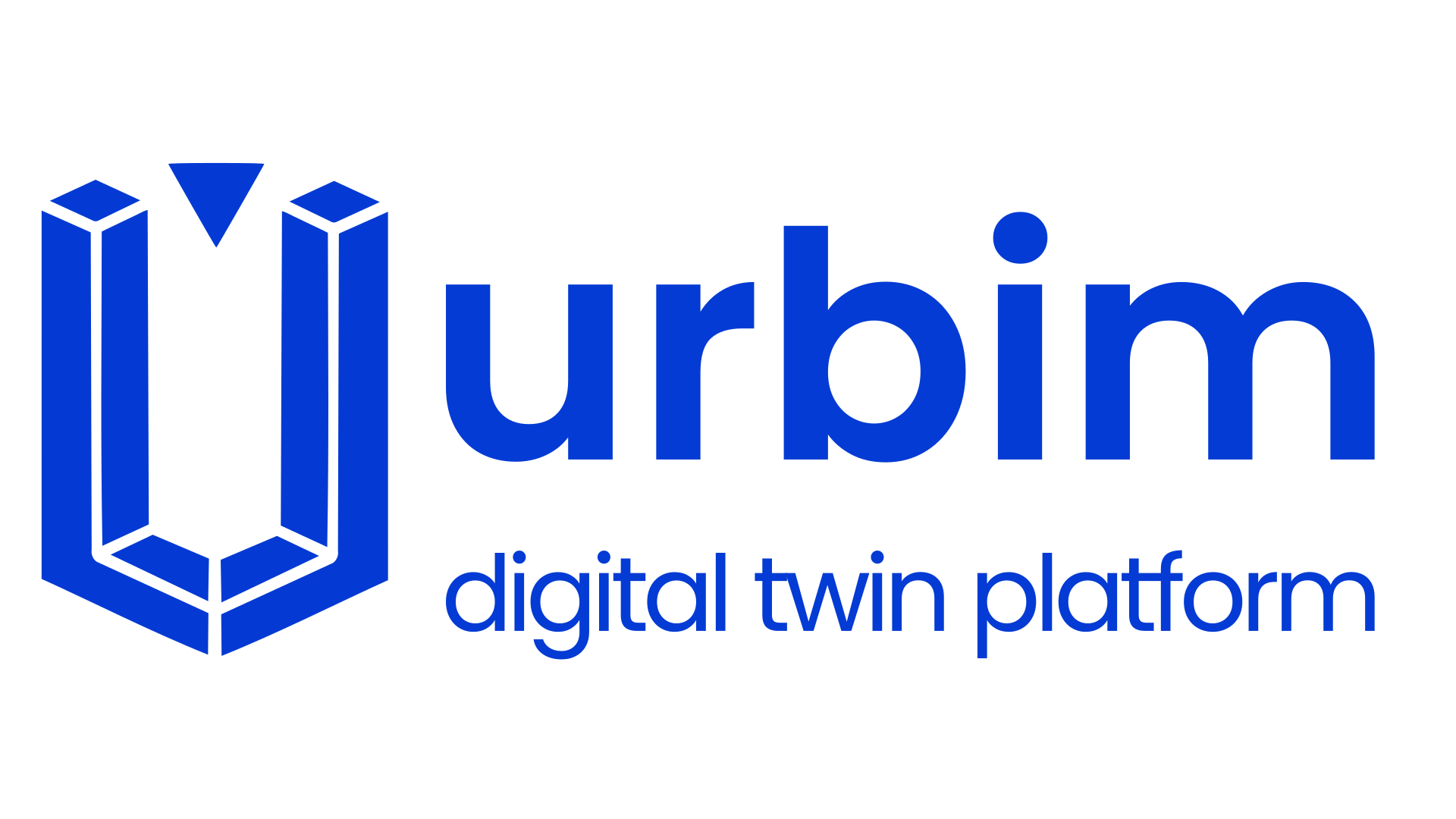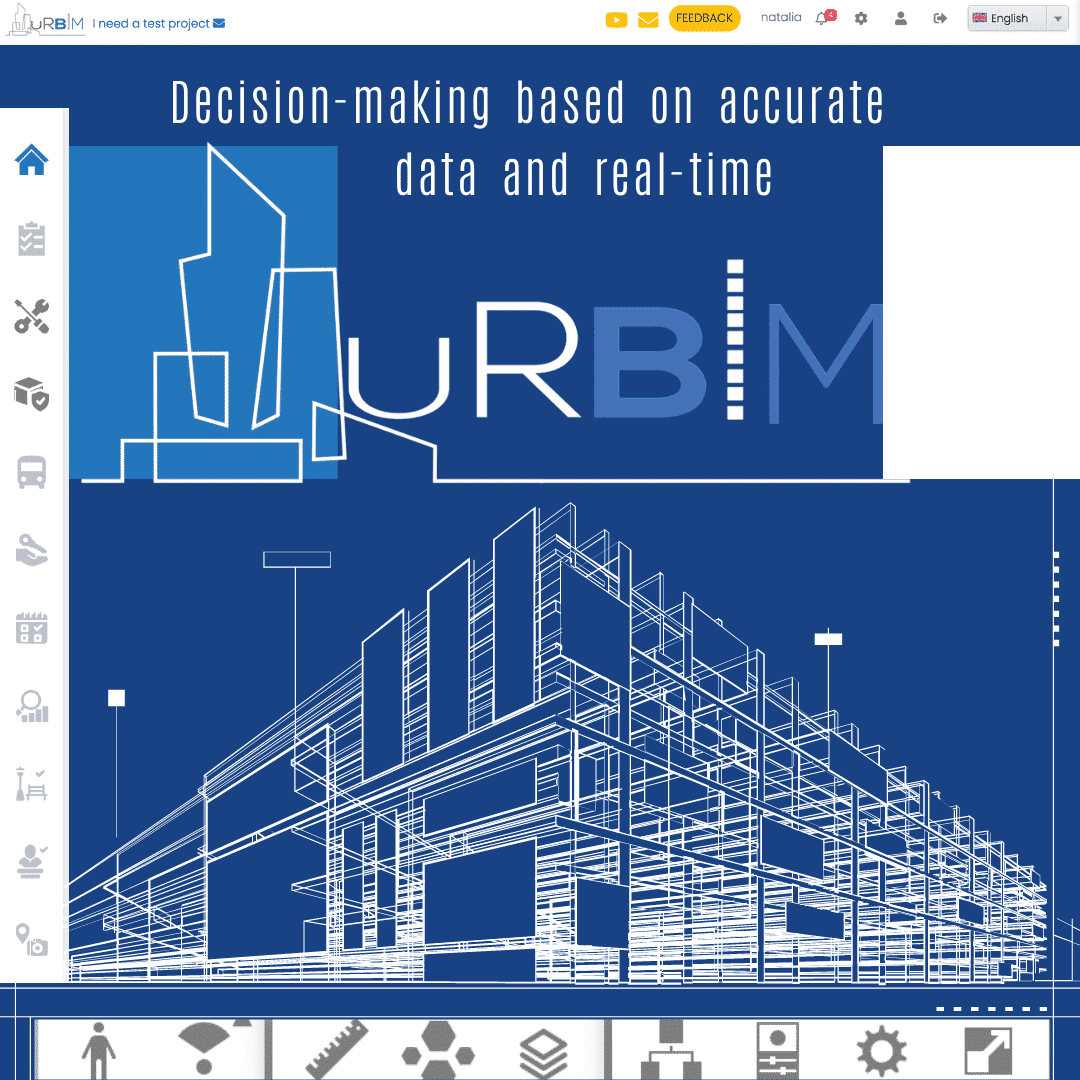URBIM provides BIM to smartcities by using data and integrated digital technologies, which contribute to improving decision-making based on accurate data and real-time, creating safer and more integrated, reducing task processing time, and transitioning to new technologies.
More and more steps have been taken by the private and public sectors in collaboration to have safer, more sustainable, connected cities. The development of these smart cities is the basis of the United Nations Sustainable Development Goals, which by 2030 aim to “Achieve inclusive, safe, resilient and sustainable cities.” Therefore, Smart Cities are an essential focus as an investment will have to be a given to meet the same intelligent city commitments at the level of sustainability and digitization.
However, what role does BIM play in the transition toward these smart cities? We can answer that BIM in intelligent cities, more than an option, is a necessity. It is a step towards all those actions of design, planning, and managing infrastructures, cities, and/or places to be carried out digitally.
All this converts and promotes a fully digital culture which is one of the leading and most compelling trends of today, where more than ever, there is a comprehensive integration of cities because nothing that is in them is isolated: infrastructure, transportation system, public services, private industries open the doors for collaboration and the flow of standardized information across all disciplines.
In this way, BIM is the result of innovation and the process of technological evolution that, with small foundations, is founded as the necessity and the previous step for transforming smart cities that are focused on sustainability and digitalization.





